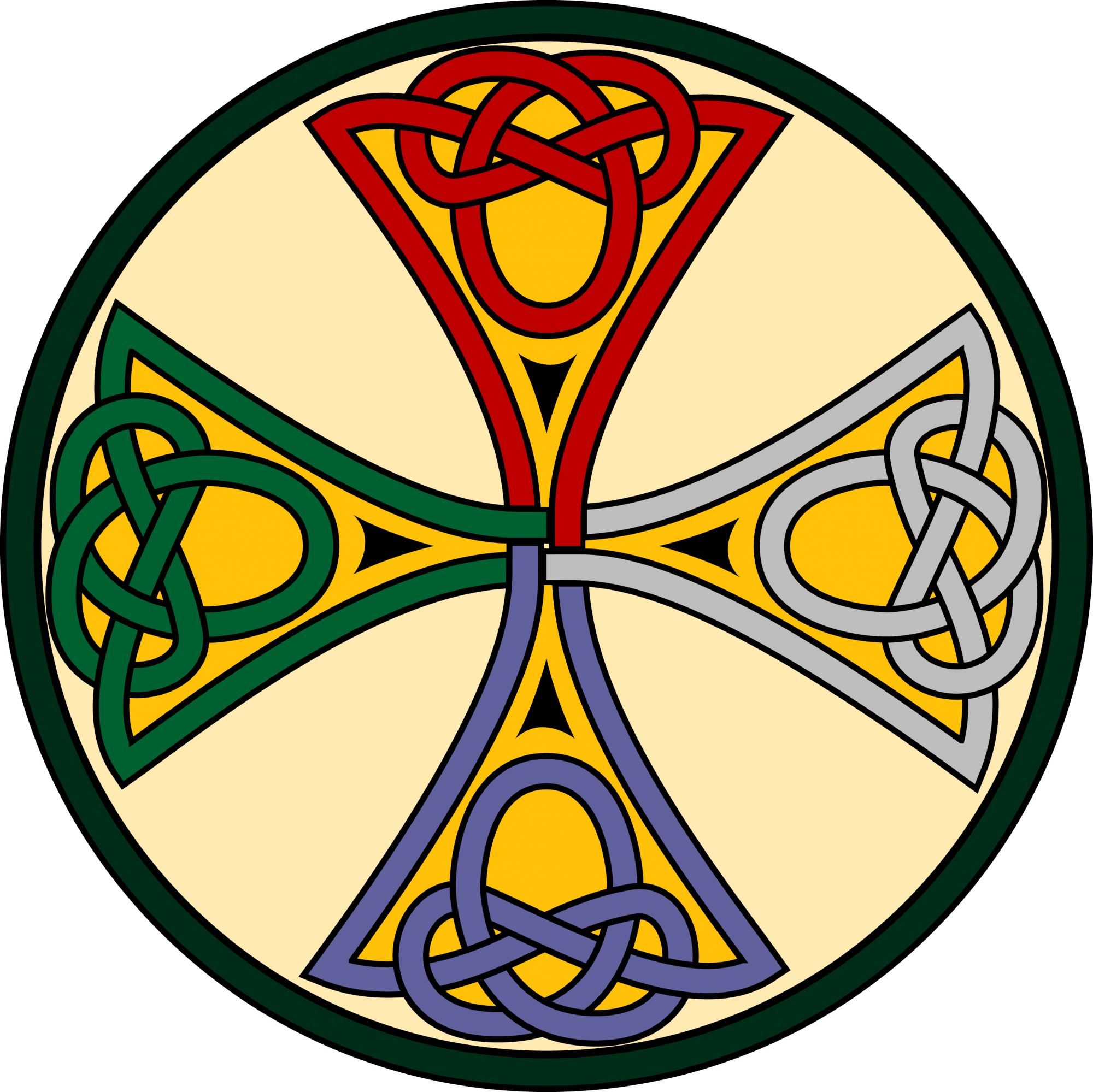This year has been so tough that it even intruded on writing this blog. As I was assembling my thoughts and getting everything in order, a good friend called to tell me she has breast cancer – one breast for sure and probably both. She’s on a fast track to surgery, which is good, she has a good prognosis, which is good but she’s still going through a lot. And, because I care for her, the announcement has meant I am too. I’m sharing this so you, whomever you are reading this, will know this blog isn’t some intellectual exercise, but is something I’m writing about because it’s affecting my life too.
This year has seen a lot of deaths as well as a lot of serious illnesses. And grief can begin long before the actually death of a friend or loved one, human or animal. Grief can also come from the death of someone famous, if the connection is strong enough.
But grief doesn’t only come from a death of a person or companion animal. The loss of a job can cause a level of grieving similar to the loss of a person. This year has seen a lot of folks losing jobs, or having family members lose a job. The problem comes when a person is not aware that a life change like that can cause severe, real, palpable grief. They wonder if there’s something wrong with them, feel like they’re losers – after all, they only lost a job and here they are feeling this great sadness. Are they cracking up? A total waste of a human life? Totally weak?
The answer, of course, if none of the above. They’re experiencing a very understandable shock/grief reaction and they need some support. So if you know someone who has lost their job be kind to them and maybe even suggest they look for some support to help them through this time.
Ironically, other major life changes can cause grief. Graduations, weddings, births, even a new house or apartment can be a situation where grief arises. Our self-image is changing dramatically during these events. Once we graduate we lose our identity as a student. We come into a wedding as two individuals and leave with new identities, we are now married – a part of a team and the single individual we were no longer exists. Women’s bodies dramatically change when they become pregnant, and over the course of their pregnancy, they begin to identify themselves with those changes. Then suddenly, they give birth and they lose that pregnant woman to become a new mother. And moving into a new house or apartment means that Mr. X of 1234 Green Apple Circle no longer exists and has become, instead, Mr. X of 5678 Calle Grande. These are wonderful changes, but they can bring up grieving as well as celebration.
In acupuncture and Traditional Oriental Medicine (T.O.M.), the Metal element is strongly affected by grief. The organ systems associated with Metal are the Lungs and the Large Intestine. Practitioners will often treat Lung or Large Intestine points to help patients appropriately grieve by breathing in life and releasing the “crap” they’re holding on to. Acupuncture and T.O.M. can help with grief, both new grief and long-standing deep-rooted grief.
Of course, just like everything else that acupuncture and T.O.M. can treat, various practitioners are more or less trained and able to treat grief, so if you or someone you love decides to try acupuncture and T.O.M. treatments, talk to a variety of practitioners before making your final decision.
As we move along the year, from the Autumn/Metal season to the Winter/Water season, grief can become solidified. The basic nature of Winter is cold, hardening things and keeping things unchanged – frozen even. By using appropriate warming techniques, herbal formulae and needle techniques; acupuncturists can help their patients avoid freezing into a pattern of long-term grief.
It’s not easy to talk about loss or the fear of loss but it is vitally important to reach out to someone. If acupuncture and T.O.M. aren’t your thing, there are plenty of highly trained psychologists and psychiatrists who can help. If you are of a more spiritual bent, there are clergy members of all faiths and denominations trained to help. There are even special grief counselors.
So if you or someone you love is facing the terminal illness or death of a loved one, please remember there are a variety of avenues available to help you and that, unlike some of life’s experiences, it really IS best to share this experience with someone who has the knowledge, tools and compassion to help you through.
In Loving Memory –
J’hana
Michael
Robbie
Miriam
Baby Caleb
